There are a few things to bear in mind when using houseplants to decorate. You need to consider the plants' maintenance and living circumstances in addition to how they look in the room. Some plants, for example, may flourish in low-light environments such as your bathroom, while others require a location near a window to live. Here are a few things to remember as you add more plants into your home:
Consider the shapes of leaves
Select plants with a variety of forms and growth patterns. For an interesting and harmonious arrangement, combine a squat trailing plant (pothos), a fountainlike plant (dracaena), and a tall plant with upward leaves (fiddle-leaf fig tree).
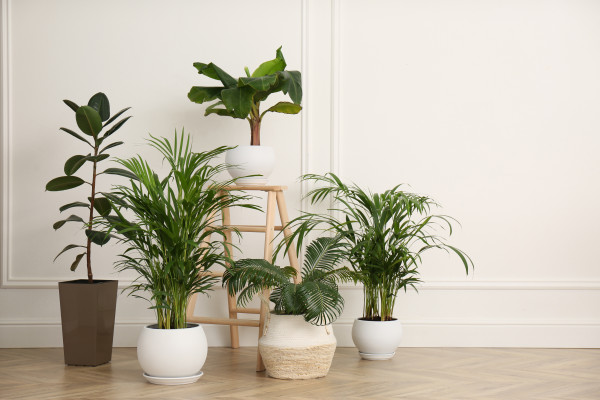
Pick Plenty of Decorative Pots
As with colour, you can use many different pots with different finishes and colours to create a set look, or you can mix and match different pots to make a versatile arrangement.
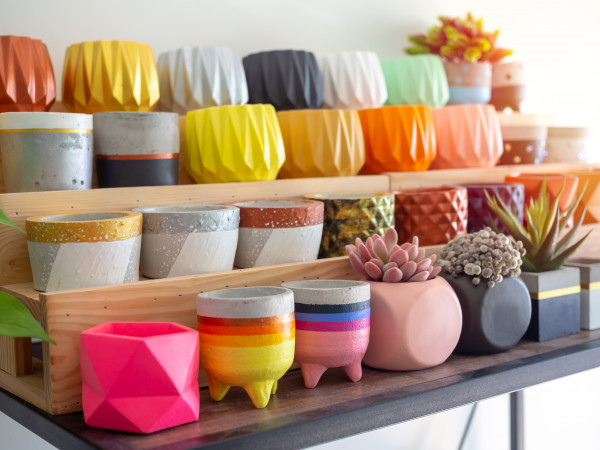
Arrange the plants in odd numbers
Plants can be grouped in odd numbers wherever possible. Using an even number makes the arrangement appear more formal and symmetrical. Odd numbers have a more relaxed vibe. According to La Residence the ‘’common rule of thumb for styling a space is to avoid even-numbered groupings as paired items tend to look a touch formal. A classic combination is a group of three, but so long as you keep the number of plants in each grouping an odd number, they should look great’’.
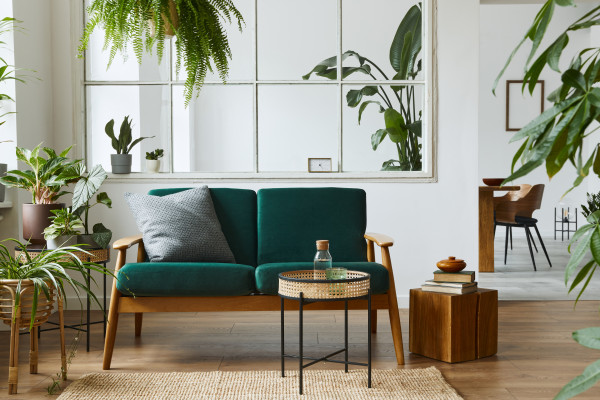
Choose from a variety of sizes
Plants of various widths and heights should be grouped together. Plants of different sizes appear more organic than plants of the same size, which appear homogeneous.
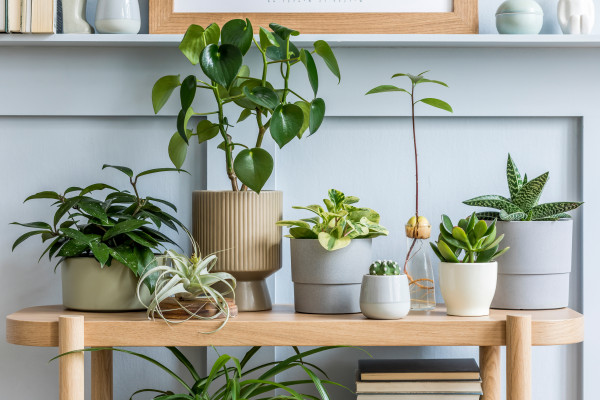
Plants with colourful leaves should be included
Try not to neglect the colour of the plants you select. Plants with the same colour leaves should be grouped together for a more coherent look. Choose plants with a range of coloured foliage for greater variation.
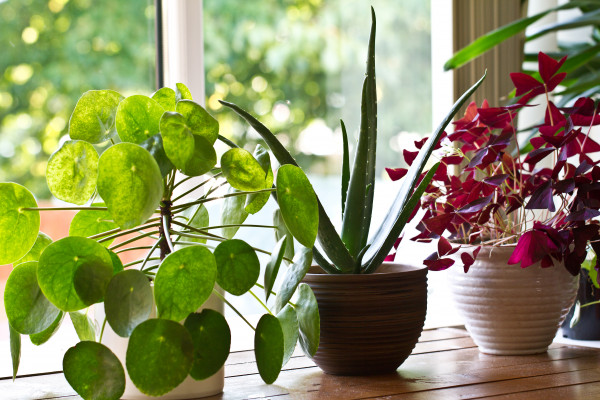
Houseplant Care is Key
If you group houseplants, consider their needs and preference for conditions. For instance, group plants that require humidity, such as ferns, close together with other plants that require the same level of humidity. You should also take into consideration the temperature and lighting needed.
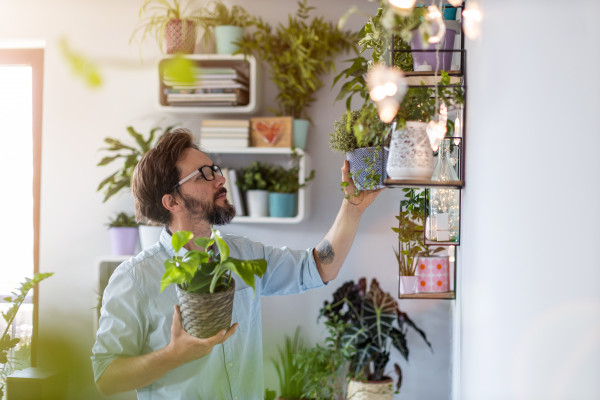
Whilst you're here, take a look at our other blogs for the latest interior trends and our favourite first time buyer hotspots. You can also stay tuned by following us on Instagram, Facebook and Twitter.
Written by the SO Resi In-House Team